Friday, October 4, 2024
LOVE IN THE AIR
Thursday, October 3, 2024
LITTLE STUDS ON JEANS
Wednesday, October 2, 2024
A TRADITIONAL GOAN DELICACY
Tuesday, October 1, 2024
AMAZING ANIMAL WORLD
Monday, September 30, 2024
DO YOU KNOW
Sunday, September 29, 2024
DO YOU KNOW
Saturday, September 28, 2024
LAND OF RISING SUN
Japan

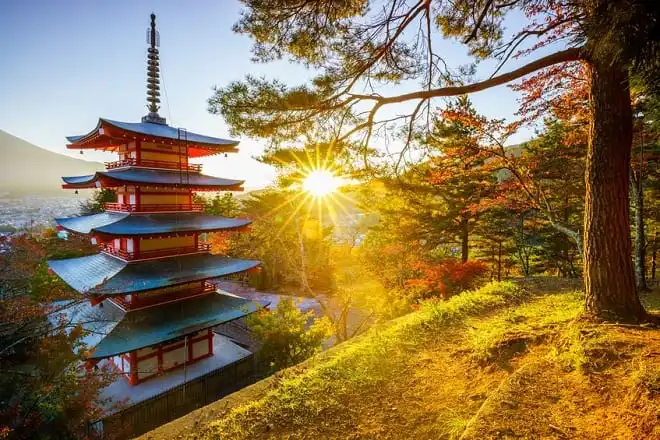
The Geographical Explanation: Japan is located in East Asia, and it’s one of the first places in the world to see the sunrise every day. If you look at a map, you’ll see that Japan is east of China and Korea, stretching out into the Pacific Ocean. Because of its position, the sun rises in Japan before it rises in many other parts of the world. This geographical fact is a big part of why Japan is called the “Land of the Rising Sun.”
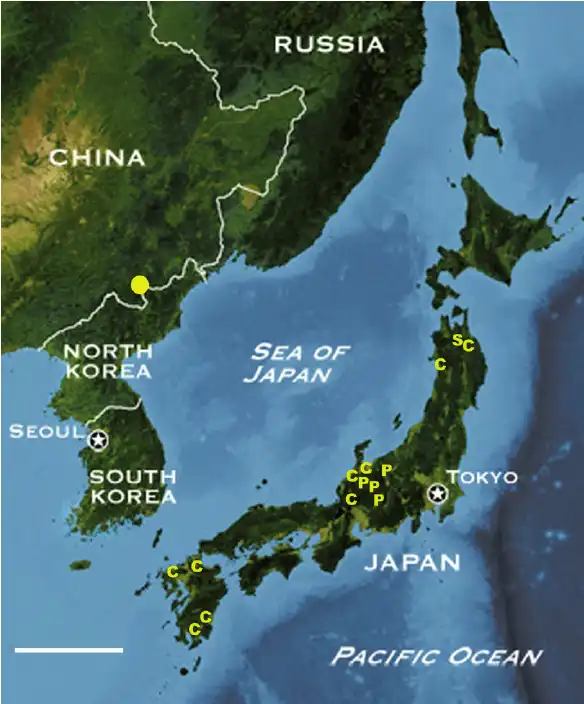
Historical Background: The name “Land of the Rising Sun” isn’t just about geography, though. It has deep historical roots. Long ago, China was a powerful and influential country in East Asia. The Chinese called Japan “Rìběn” (日本), which means “origin of the sun” or “sun’s origin,” because Japan is to the east of China, where the sun rises. Over time, this term evolved and spread, becoming a key part of how Japan is identified.
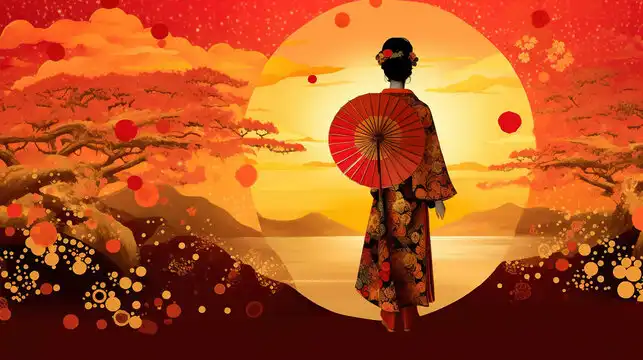
In the 8th century, Japanese emissaries to China started using the name “Nihon” or “Nippon” (日本) to describe their country. This name is still used today and directly translates to “origin of the sun,” reinforcing the idea of Japan as the place where the sun rises.

Cultural Significance: Japan’s association with the rising sun goes beyond geography and history; it is deeply embedded in its culture and national identity. The Japanese flag, known as the Nisshoki or Hinomaru, features a red circle in the centre, representing the sun. This simple yet powerful design symbolises the importance of the sun in Japanese culture.
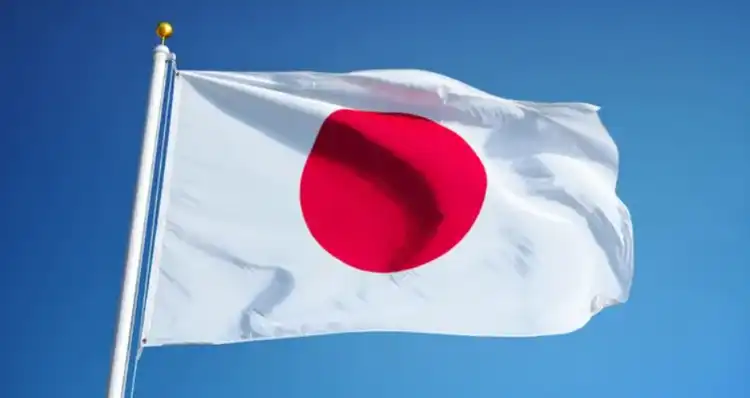
In Japanese mythology, the sun goddess Amaterasu is a central figure. She is considered the ancestor of the imperial family and one of the most important deities in Shinto, Japan’s indigenous religion. According to legend, Amaterasu brought light to the world, and her descendants became the rulers of Japan. This myth further ties Japan’s identity to the rising sun.
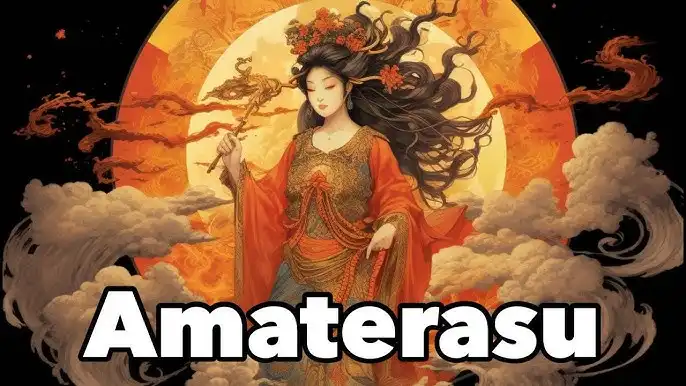
- The Modern Perspective: Today, the nickname “Land of the Rising Sun” continues to be a source of pride for the Japanese people. It symbolises Japan’s unique position in the world, its rich cultural heritage, and its forward-looking outlook. The rising sun represents hope, renewal, and a bright future, which are values that resonate deeply in Japanese society.
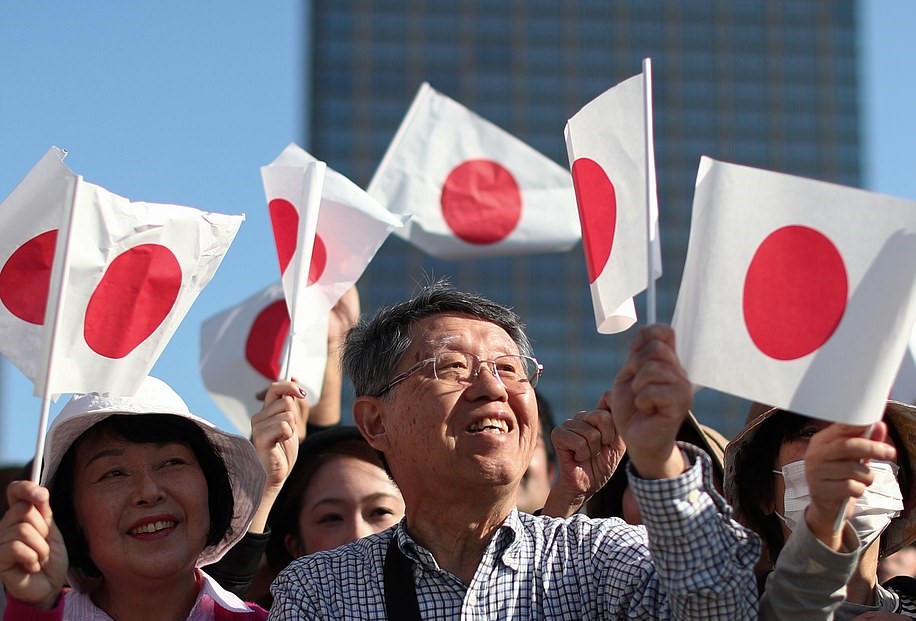
Fun Facts About Japan
Now that we know why Japan is called the “Land of the Rising Sun,” let’s explore some fun facts about this amazing country!
Mount Fuji: Japan is home to Mount Fuji, an iconic and sacred mountain that is also an active volcano. It is the highest peak in Japan and a popular destination for hikers and tourists.
 Cherry Blossoms: Every spring, Japan celebrates the cherry blossom season, known as “Sakura.” The blooming of cherry trees is a beautiful sight, attracting people from all over the world to witness the stunning pink and white flowers.
Cherry Blossoms: Every spring, Japan celebrates the cherry blossom season, known as “Sakura.” The blooming of cherry trees is a beautiful sight, attracting people from all over the world to witness the stunning pink and white flowers.
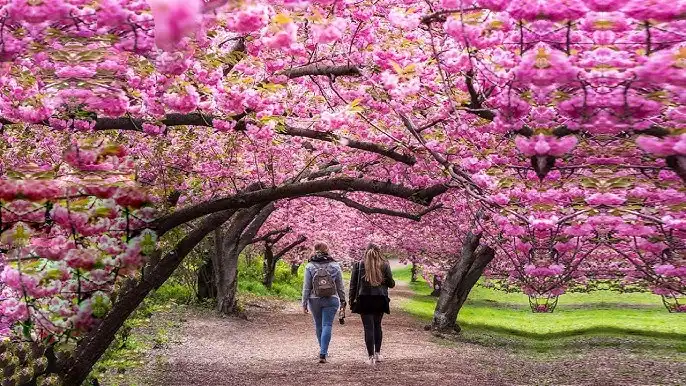 Technology and Tradition: Japan is famous for its advanced technology and futuristic cities. However, it also values traditional arts and crafts, such as tea ceremonies, calligraphy, and sumo wrestling.
Technology and Tradition: Japan is famous for its advanced technology and futuristic cities. However, it also values traditional arts and crafts, such as tea ceremonies, calligraphy, and sumo wrestling.
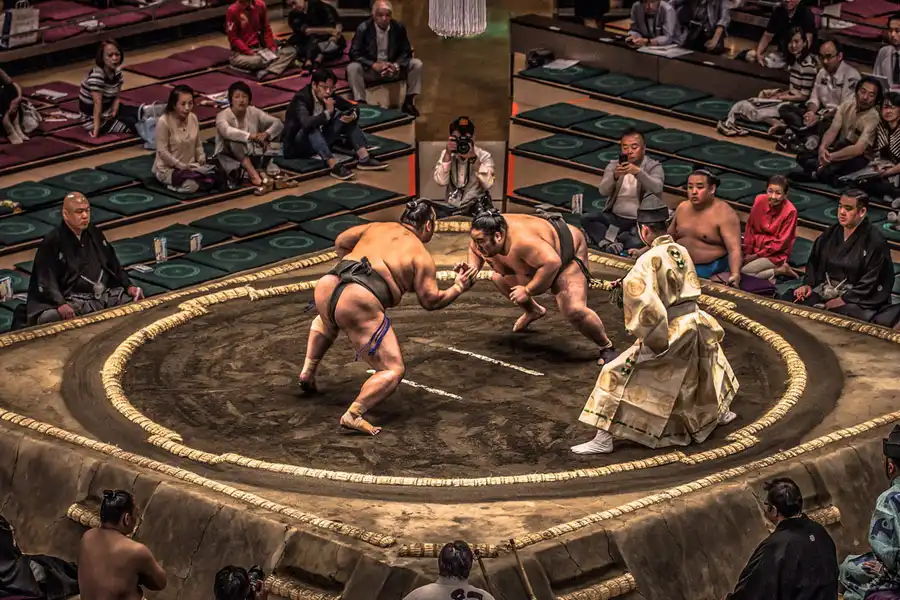 Delicious Cuisine: Japanese food is loved globally. Sushi, ramen, tempura, and sashimi are just a few examples of the delicious dishes that originate from Japan.
Delicious Cuisine: Japanese food is loved globally. Sushi, ramen, tempura, and sashimi are just a few examples of the delicious dishes that originate from Japan.
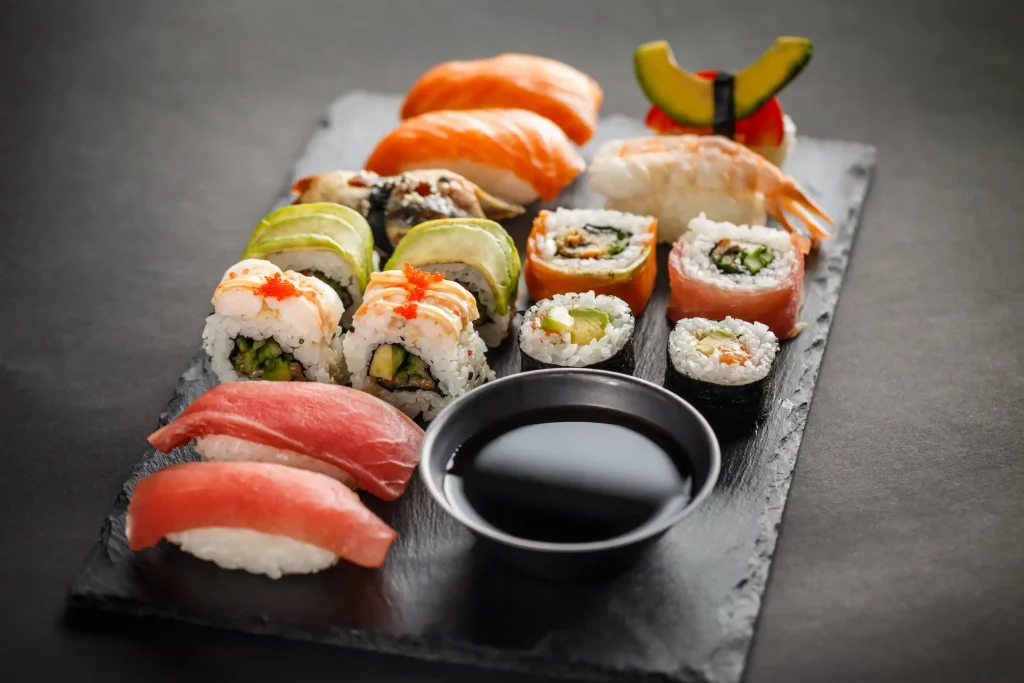 Politeness and Respect: Japanese culture places a high value on politeness and respect. Bowing is a common greeting, and there are many customs related to showing respect to others.
Politeness and Respect: Japanese culture places a high value on politeness and respect. Bowing is a common greeting, and there are many customs related to showing respect to others.
 Anime and Manga: Japan is the birthplace of anime and manga, which are popular forms of entertainment enjoyed by people of all ages around the world.
Anime and Manga: Japan is the birthplace of anime and manga, which are popular forms of entertainment enjoyed by people of all ages around the world.

Conclusion: Japan, the “Land of the Rising Sun,” is a country with a rich history, vibrant culture, and beautiful landscapes. Its nickname is a reflection of its geographical position, historical significance, and cultural heritage. From the stunning sunrise over Mount Fuji to the ancient myths of the sun goddess Amaterasu, Japan’s connection to the rising sun is a fascinating story that continues to inspire people around the world.
Nature’s Golden Nectar
HONEY Honey is a natural sweet substance produced by honeybees using the nectar of flowers. Known for its rich taste, golden colour, and nu...

-
ANNABELLE The real Annabelle doll is a well-known case of alleged paranormal activity, made famous by Ed and Lorraine Warren, two well-know...
-
WHY IS SUGAR WATER STICKY? Sugar water is sticky because sugar molecules have a strong affinity for water molecules, forming hydrogen bonds ...
-
A MAN AND THE BLIND BOY A blind boy sat on the steps of a building with a hat by his feet. He held up a sign which said, "I am blind. ...












